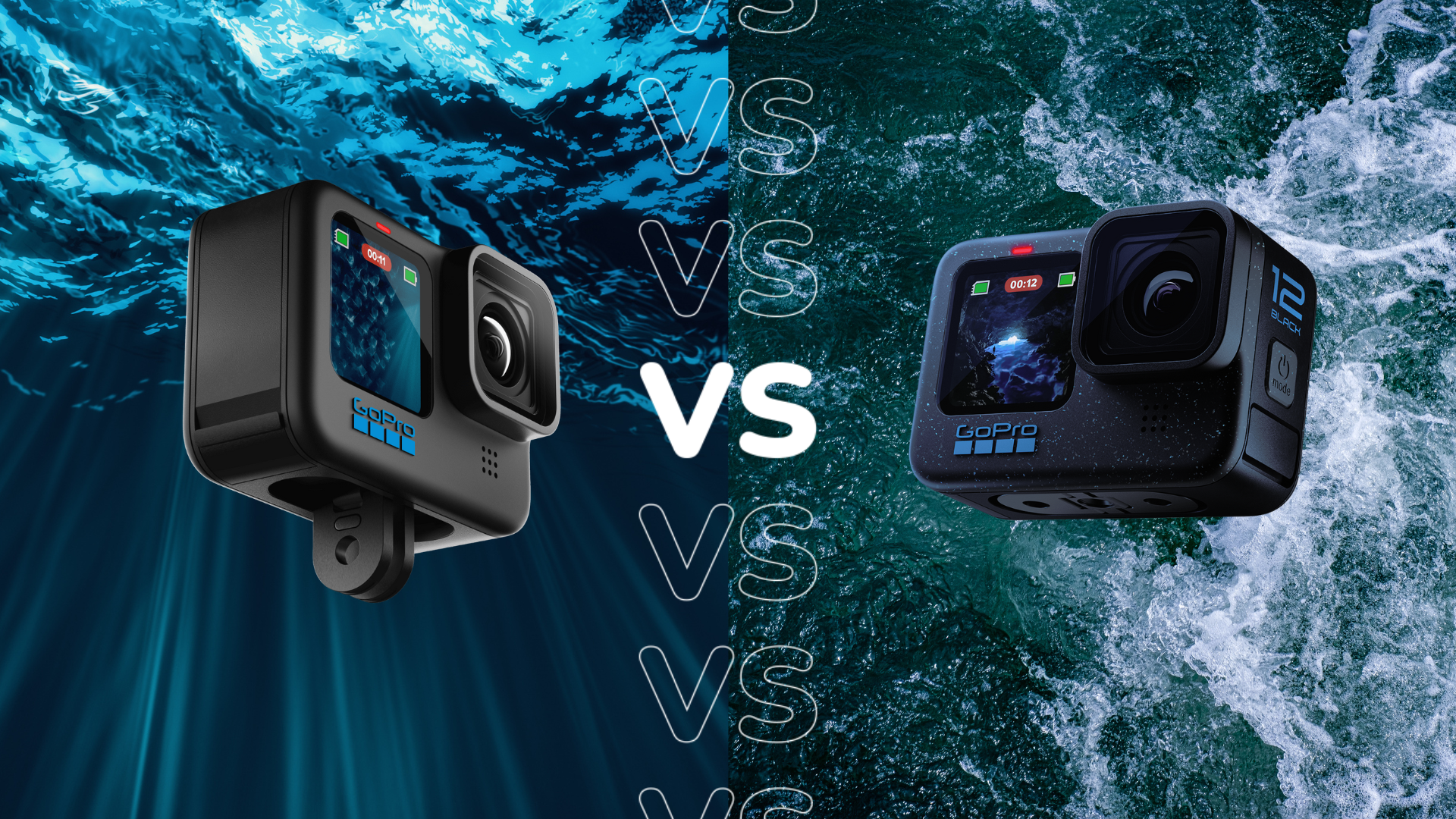Motorola Edge 40 Neo vs Google Pixel 7a: Which is best?

The Motorola Edge 40 Neo is the latest in Motorola’s growing roster of stylish Edge-branded smartphones, complete with stunning Pantone-certified finishes and impressive specs. The question is, how does it compare to one of our favourite mid-rangers, the Google Pixel 7a?
While we’re yet to fully review the Motorola Edge 40 Neo, we have had the chance to go hands-on with the smartphone ahead of its launch, and we’ve extensively reviewed the Google Pixel 7a.
With that in mind, here are some of the biggest differences between the two smartphones to help you decide which is the best for your needs – and you might be pleasantly surprised by what we’ve found so far.
The Motorola Edge 40 Neo has a bigger, faster display
The Google Pixel 7a saw the long-awaited upgrade from a slow 60Hz to a faster 90Hz display, though it’s still behind the 120Hz offered by much of the competition – and that includes the Motorola Edge 40 Neo.
Not only does the Motorola Edge 40 Neo have a larger display than the Google Pixel 7a, measuring in at 6.5 inches and 6.1 inches respectively, but it’s faster than much of the similarly priced competition at a whopping 144Hz – perfect for gaming. The pOLED also has impressively slim bezels for the price point, along with support for Dolby Atmos for HDR viewing.

That’s not to say the 6.1-inch panel of the Pixel 7a is disappointing, but it does lack certain features like Dolby Atmos support, although it does match the Edge 40 Neo’s 1300nits peak brightness.
The Google Pixel 7a has a flagship-level processor
One of the Google Pixel 7a’s big plus points is its processor, sporting the same flagship-level Tensor G2 chipset as the Pixel 7 and Pixel 7 Pro. However, unlike the competing Snapdragon 8 Gen 2, Google’s chipset isn’t focused on pure processing power but on AI smarts.
That allows the Google Pixel 7a to perform some pretty cool photography trickery – more on that in a bit – as well as a bunch of AI-powered features through its stock Android 13 OS.
This comes in various forms, but one of our favourites is Now Playing, a feature that intelligently identifies background music during your day and lists them in a dedicated app, allowing you to easily expand your music collection.
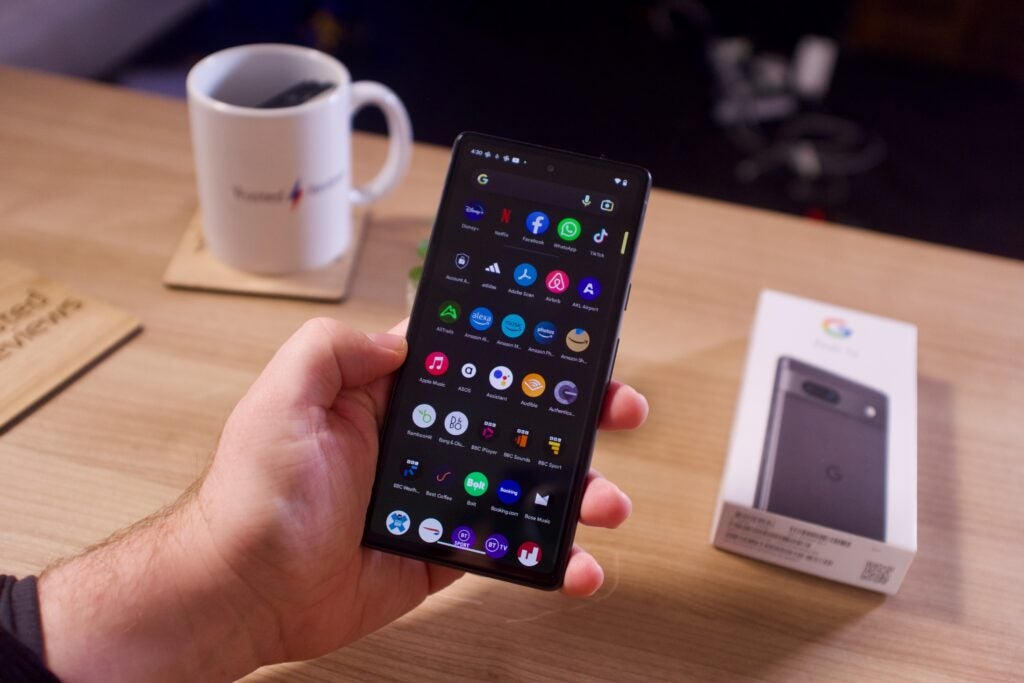
The Motorola Edge 40 Neo, on the other hand, boasts Qualcomm’s mid-range Snapdragon 695 5G. It’s not the newest chipset by any means – it was the same chipset on last year’s Edge 30 Neo – but it does match much of the similarly priced competition.
We’ve not yet had a chance to benchmark it just yet, but during our short hands-on time, we didn’t notice any signs of lag or stuttering when swiping around the OS and opening apps.
The Motorola Edge 40 Neo has better colourways
Motorola’s partnership with colour experts Pantone has exploded over the past year. It all started with the release of the Motorola Edge 30 Neo last September, which came in four Pantone-certified colours – Veri Peri, Aqua Foam, Black Onyx and Ice Palace.
It has since expanded to other smartphones including the flagship Razr 40 Ultra, available in Pantone’s Viva Magenta – its colour of the year for 2023.
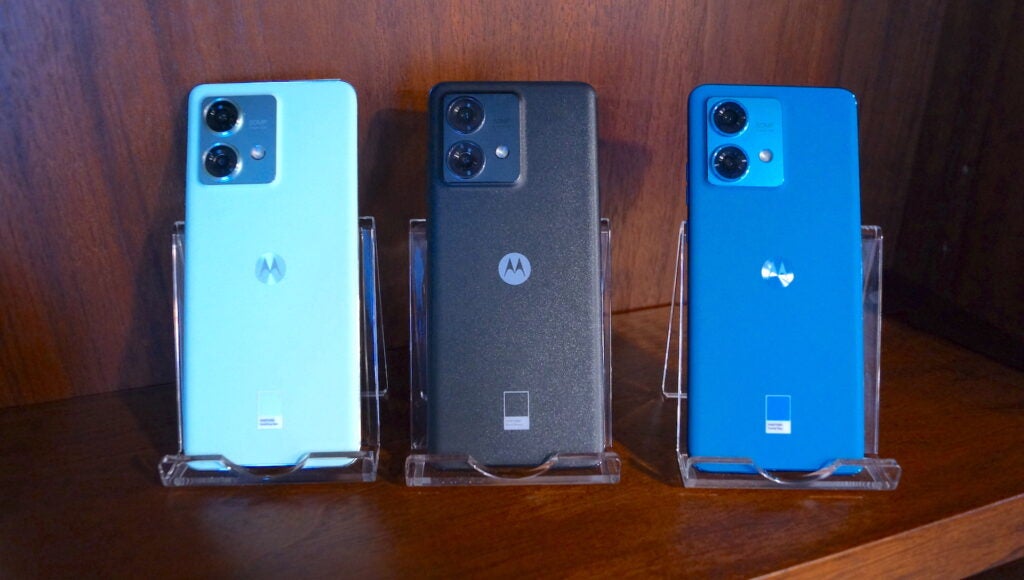
That trend continues with the new Motorola Edge 40 Neo, again available in a slew of stunning Pantone-certified finishes including Black Beauty, Caneel Bay and a gorgeously vibrant shade of blue dubbed Soothing Sea that instantly caught our eye during the phone’s pre-briefing ahead of launch.
If you want a phone that truly stands out from the crowd, the Edge 40 Neo is the way forward.
That’s not to say the Pixel 7a doesn’t have tempting colour finishes with pastel-inspired Coral and Sea hues alongside its darker Charcoal finish, but it’s not quite as show-stopping as what the Edge 40 Neo offers.
The Google Pixel 7a has AI-infused camera tech
The Motorola Edge 40 Neo might have a strong dual-camera setup with a 50MP Ultra Pixel OIS-enabled main sensor and a 13MP ultrawide that doubles up as a macro lens, but the Google Pixel 7a has a trick up its sleeve in the form of AI.
The AI focus of the Tensor G2 chipset mentioned earlier allows the Google Pixel 7a to do some pretty cool stuff when it comes to mobile photography. Not only did we find the Pixel 7a could deliver exceptional results both in well-lit and low-light environments with accurate skin tones, but additional modes like Super Res Zoom really push what the Pixel 7a can do.
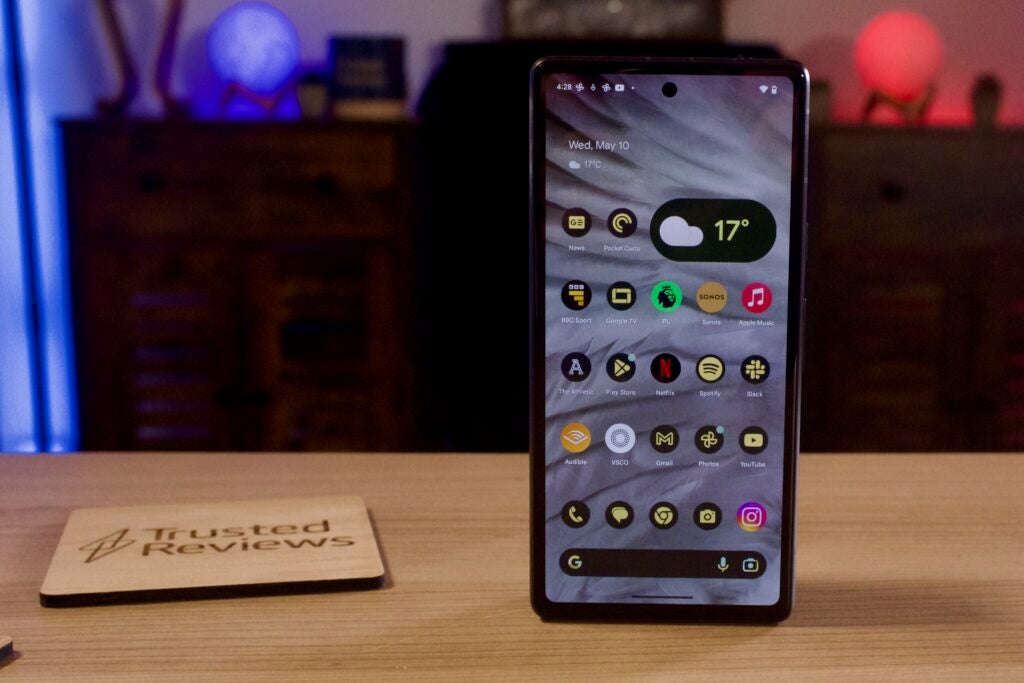
What’s more, the image quality was consistent across its main 64MP and 13MP ultrawide sensors.
That also extends to the phone’s Photos app, which includes a handful of AI-powered features like background object removal in the form of Magic Eraser, and it can unblur blurry photos too.
We’ll be interested to see how the Edge 40 Neo compares, but it seems the Pixel 7a has the upper hand in the photography department.
The Motorola Edge 40 Neo is quite a bit cheaper
Despite the various edges the Motorola Edge 40 Neo has over the Google Pixel 7a, the Edge 40 Neo comes in at a much cheaper price point. More specifically, the Motorola Edge 40 Neo has an RRP of just £299 in the UK – £150 less than Google’s £449 Pixel 7a. That’s seriously good value for money.
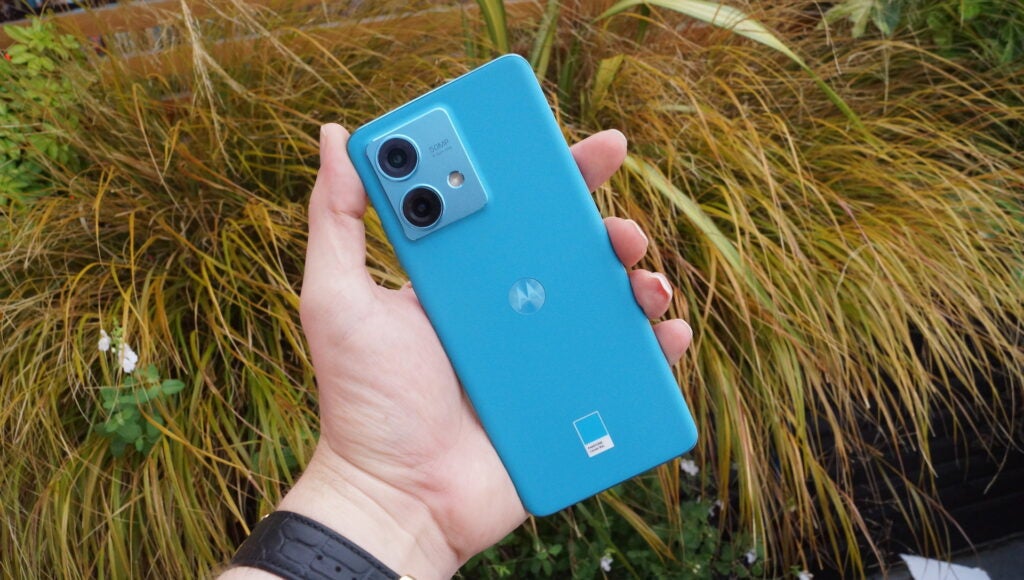
The Motorola Edge 40 Neo is available to buy now from Motorola following its announcement, while you can buy the Google Pixel 7a from various retailers following its release earlier this year.





